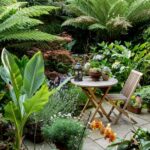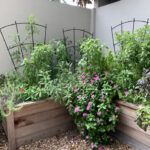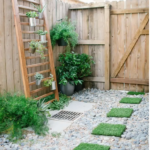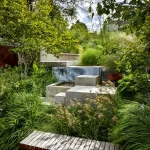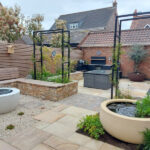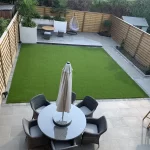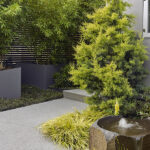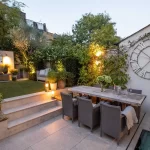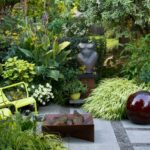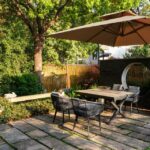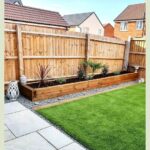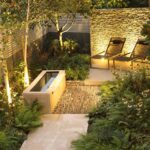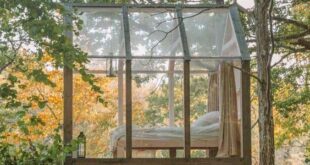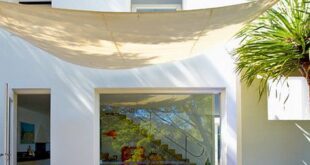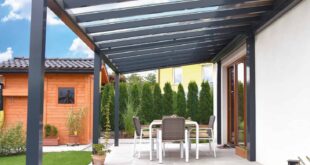When it comes to designing a small garden, it’s important to make the most of the space you have. By utilizing clever design techniques, you can create a beautiful and functional outdoor area that feels spacious and inviting. One key strategy for small garden design is to create different zones within the space. This can help to visually break up the area and make it feel larger.
Incorporating vertical elements such as trellises, arbors, and wall planters can also help to maximize space in a small garden. These features not only add visual interest but can also provide additional room for planting, allowing you to grow a wider variety of plants in a small space. Additionally, vertical elements can create a sense of height and depth in a small garden, making it feel more expansive.
When choosing plants for a small garden, opt for varieties that are well-suited to the size of the space. Compact, dwarf, and trailing plants are ideal for small gardens, as they require less space to grow while still providing plenty of visual impact. Consider adding a mix of evergreen shrubs, flowering perennials, and ornamental grasses to create a lush and diverse garden that will thrive in a small space.
To create a sense of unity and cohesion in a small garden, choose a consistent color palette and design style. This will help to tie all the elements of the garden together and create a harmonious overall look. Incorporating elements such as paving, decking, and decorative gravel can also help to add texture and interest to a small garden while providing practical surfaces for seating and dining areas.
Lighting is another important consideration in small garden design. By installing outdoor lighting, you can extend the usability of your garden into the evening hours and create a magical ambiance. Consider adding stake lights, string lights, or wall-mounted fixtures to illuminate key features of your garden and create a warm and inviting atmosphere.
Finally, don’t forget about the practical aspects of small garden design. Create dedicated storage areas for tools, pots, and other gardening supplies to keep the space tidy and organized. Consider adding seating or a dining area for outdoor entertaining, and don’t forget to incorporate pathways or stepping stones to ensure easy access to all areas of the garden. With some careful planning and creative thinking, you can transform even the smallest outdoor space into a beautiful and functional garden that you’ll love spending time in.

